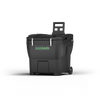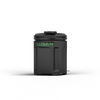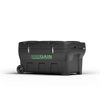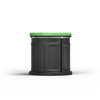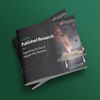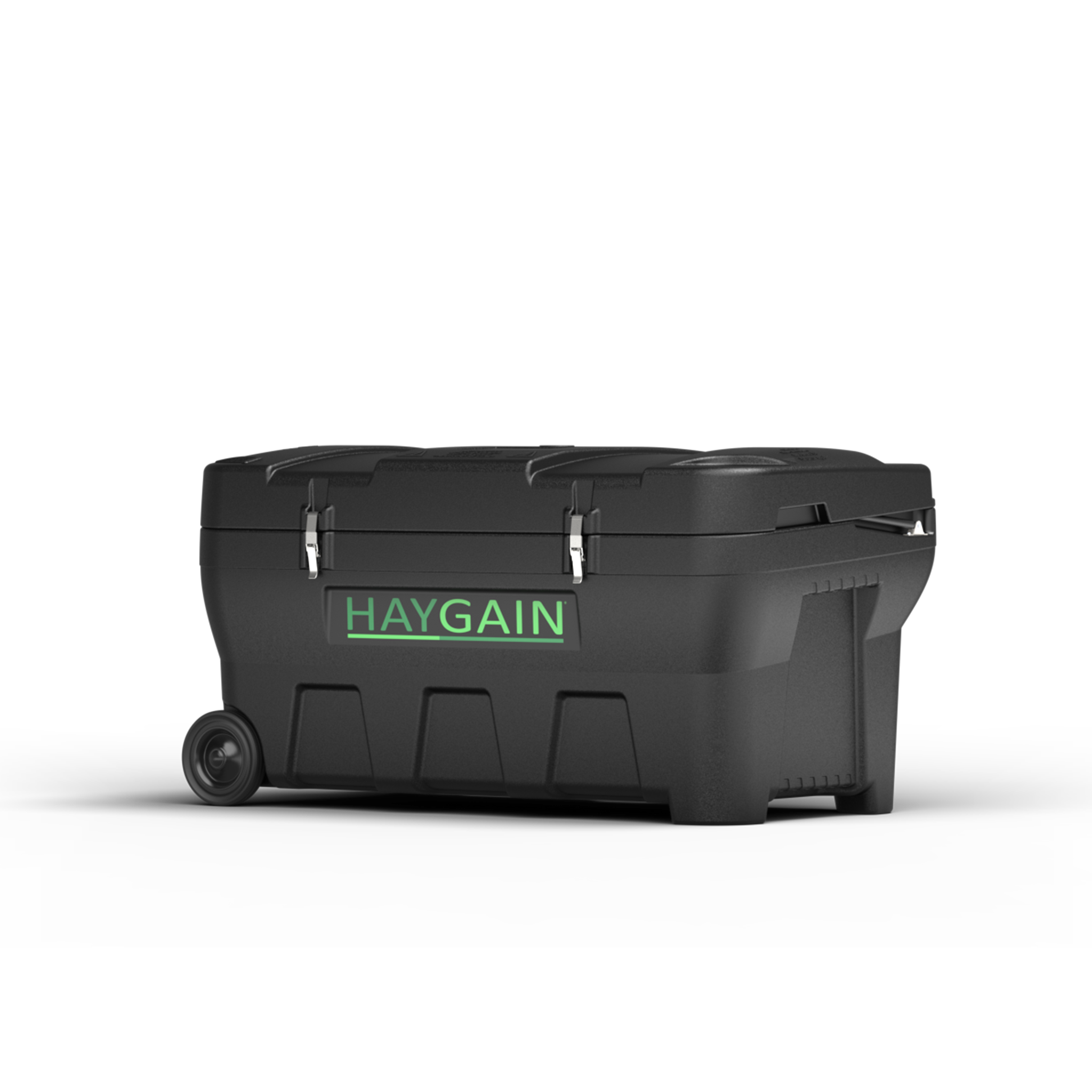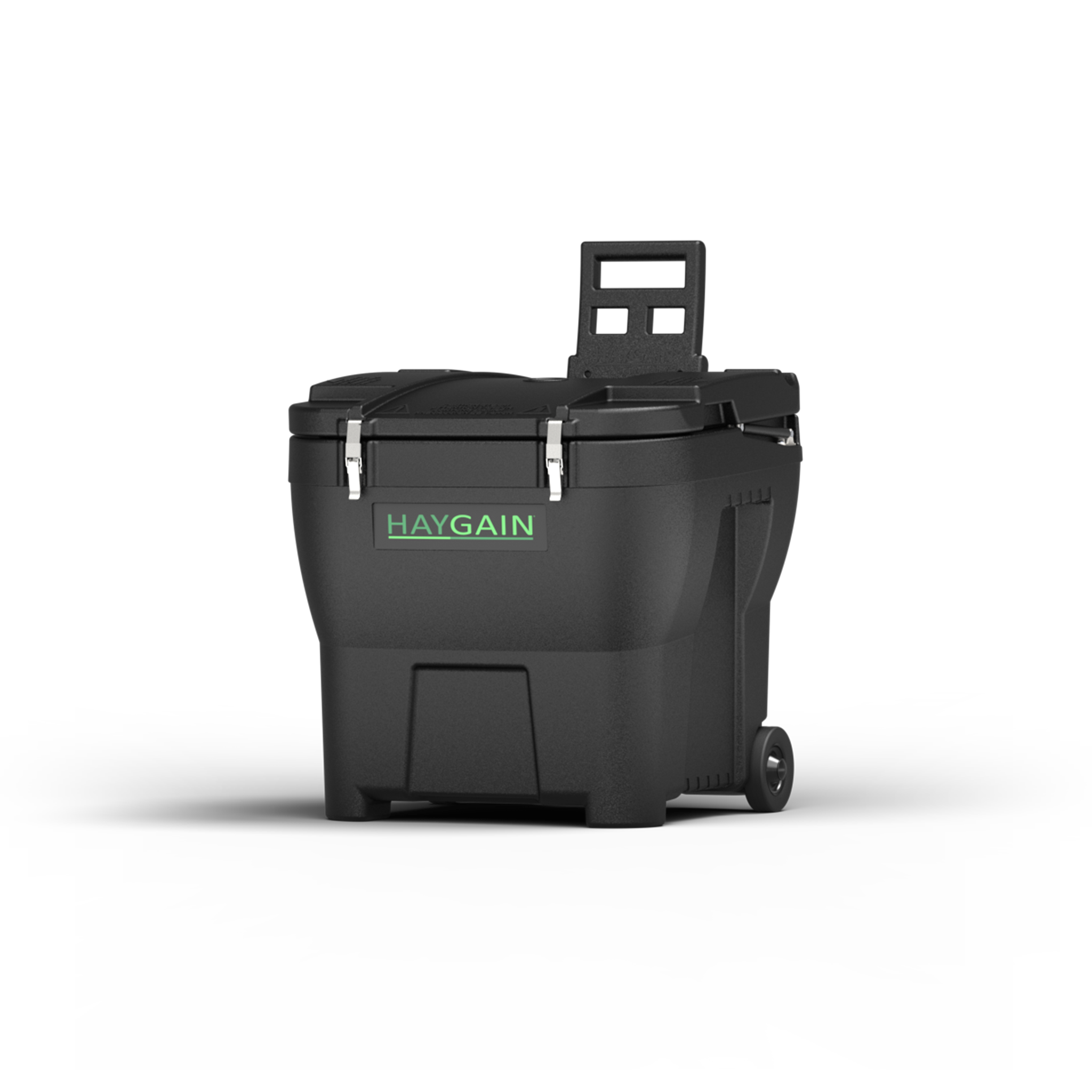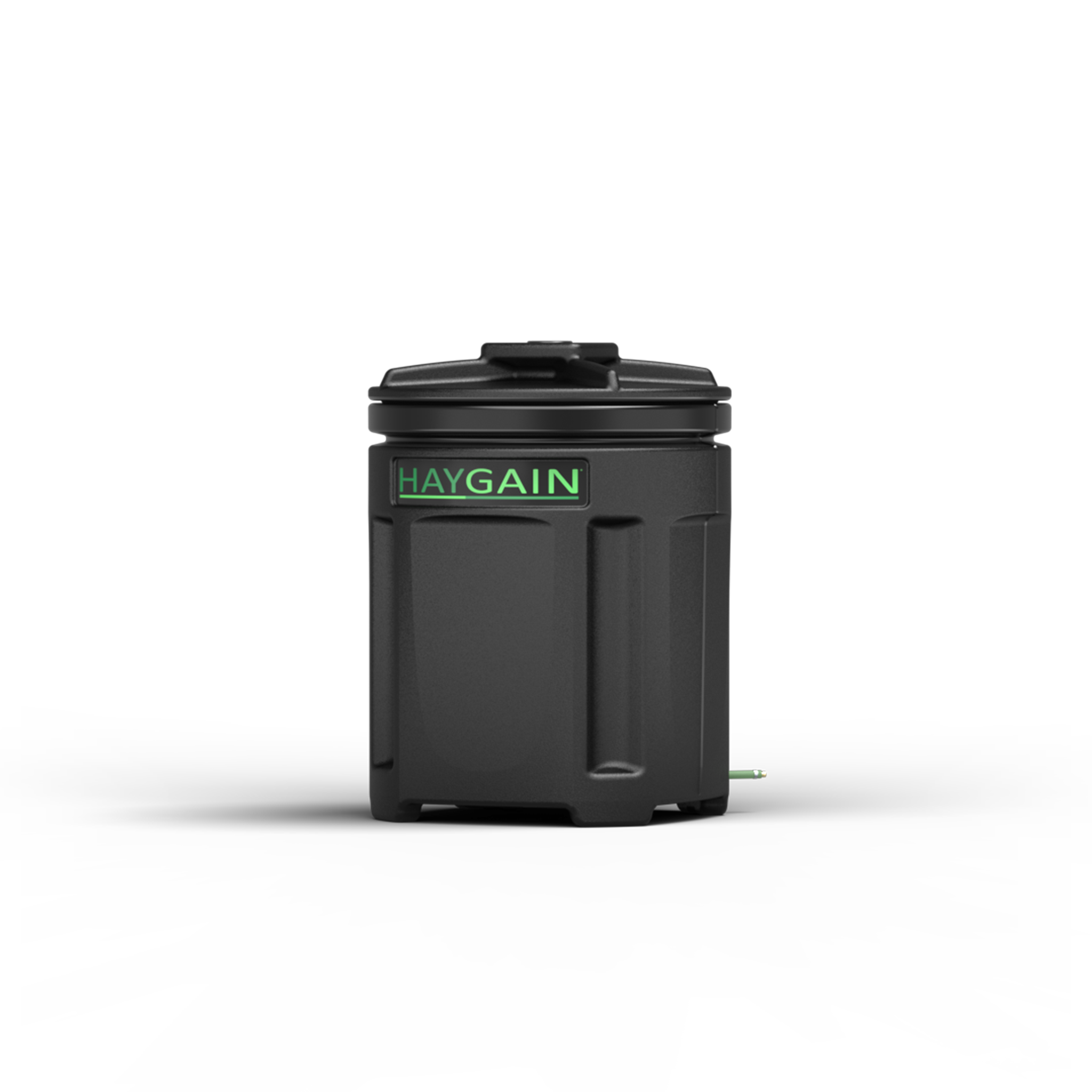Written by: Sharon Smith Msc
During the recent Equine Influenza outbreak I doubt there was anyone in the UK equine industry that didn’t consider some form of additional biosecurity measure. It’s one thing to tackle health hazard that you can see, like ragwort in the field or a broken fence, and quite another to guard against something you can’t, such as:
Non-living ‘dust and odour’:
- organic – fragments of plant fibre, carbon-based particulates eg. diesel smoke
- inorganic – soil, chemicals eg. ammonia gas
Living organisms:
- viruses – like Equine Influenza (EI) or Equine Herpes Virus (EHV)
- bacteria – like the organisms that cause strangles, tetanus and botulism
- fungi – like ‘ringworm’ and aspergillus [1]
- protozoa – eg. those causing Equine Protozoal Myeloencephalitis
- worms- eg nematodes infecting skin and eyes resulting in eg. habronemiasis
The most obvious starting point is to AVOID introducing potential biohazards to the yard/stable. Most owners are now aware of EI vaccination and sensible precautions to avoid bringing disease onto the yard, via humans, horses, vehicles, other animals, flies and rodents, and regularly check their horses for signs of sudden viral/bacterial infection.
But the greatest hazards are unavoidable. Non-living organic dust from hay, dead mites and bedding can be found on any yard. They cause an inflammatory response when they invade the horse’s airways and mucus membranes. This may start as Inflammatory Airway Disease (IAD) in young horses and develop into full-blow Recurrent Airway Obstruction (RAO). Both conditions are performance-limiting, and either end the spectrum of what we now call ‘Equine Asthma’ [2]. While stabling is a known major risk factor for Equine Asthma, some yards can be significantly more affected than others [3] suggesting that stable design and daily routine DO significantly impact on health.
dead mites and bedding can be found on any yard. They cause an inflammatory response when they invade the horse’s airways and mucus membranes. This may start as Inflammatory Airway Disease (IAD) in young horses and develop into full-blow Recurrent Airway Obstruction (RAO). Both conditions are performance-limiting, and either end the spectrum of what we now call ‘Equine Asthma’ [2]. While stabling is a known major risk factor for Equine Asthma, some yards can be significantly more affected than others [3] suggesting that stable design and daily routine DO significantly impact on health.
Old-fashioned stable management is very effective at preventing dust and dirt entering a stable. For example, horses should be groomed outside, in fresh air. Muddy rugs should be hosed clean before the mud dries to dust. Dry hay should be stored where it doesn’t share air-space with horses. But then, it is unavoidable that horses spend a long time with their noses in forage. In recent studies, Haygain-steaming was the only method shown to reduce microbial contamination in hay [4] and horses were found to have significantly lower incidence of IAD as a result [5]. Soaking and home-made steaming methods were not effective. The Haygain steamer also reduced dust by 99% - significantly better than the other treatments [4].
The next stage is to MINIMIZE the creation of hazards. While it is common-sense to remove the horse from the stable when mucking out, horses will disturb bedding and create dust as they move around inside. Consider dust-extracted bedding materials, that also don’t break down into airborne dust before you have a chance to remove it. 4-day old Haygain steamed haylage retains a lower bacteria count than even freshly opened haylage [6]. The more equipment there is stored by the horse, the greater the risk of a hidden hazard by attracting vermin and gathering dust itself. It just creates more to clean. Standing water can harbour disease-spreading mosquitoes, and decaying food a breeding ground for flies.
Speaking of cleaning, the third stage in keeping a clean stable environment is to ensure any organisms or material are REMOVED before they become a hazard. For example, the white ‘fluff’ that appears rapidly on dungpiles is actinomycetes species, which can cause abscesses in horses and abortions in pregnant mares [7]. Also, every time a horse empties their bladder, they release around 5 litres (a gallon) of urine. Urine starts to release ammonia within 24 hours, so should all be removed at least daily. Conventional rubber matting can trap urine beneath it and in the cracks, but Comfortstall avoids that problem because it is sealed - so mucking out is quicker, easier and more thorough.
ensure any organisms or material are REMOVED before they become a hazard. For example, the white ‘fluff’ that appears rapidly on dungpiles is actinomycetes species, which can cause abscesses in horses and abortions in pregnant mares [7]. Also, every time a horse empties their bladder, they release around 5 litres (a gallon) of urine. Urine starts to release ammonia within 24 hours, so should all be removed at least daily. Conventional rubber matting can trap urine beneath it and in the cracks, but Comfortstall avoids that problem because it is sealed - so mucking out is quicker, easier and more thorough.
Stables should be designed and operated to ensure sufficient ventilation to displace fumes and prevent any fine dust settling. Avoid closing the top door of a stable, for example, and consider installing a second ‘window’ which will also provide the horse with a vista [8]. Ensure cobwebs are removed and surfaces are vacuumed regularly. Dust, dirt and uneaten food can also provide a ‘home’ and food source for the living organisms that could harm your horse. Remove food and uneaten forage each time you muck out – although untrampled Haygain-steamed hay need not be thrown away [6]. Regular washing of equipment, tack, clothing, and surfaces should be the ‘norm’, to combat dust but mainly for reducing the risk from living hazards like bacteria and viruses. A stronger disinfectant than water should be used regularly to combat persistent harmful organisms. The disinfectant chemical has to come in contact with the organism to be able to kill it. Ensure the correct concentration is used, and that it gets into every nook of the surface. Seal concrete, mortar or wooden walls with paint – but make sure it’s low odour and non-toxic – Comfortstall seals the floor, for easy disinfection.
Regular washing of equipment, tack, clothing, and surfaces should be the ‘norm’, to combat dust but mainly for reducing the risk from living hazards like bacteria and viruses. A stronger disinfectant than water should be used regularly to combat persistent harmful organisms. The disinfectant chemical has to come in contact with the organism to be able to kill it. Ensure the correct concentration is used, and that it gets into every nook of the surface. Seal concrete, mortar or wooden walls with paint – but make sure it’s low odour and non-toxic – Comfortstall seals the floor, for easy disinfection.
In summary, while horses need to be horses and must not exist in a sterile vacuum, they will be healthier from access to fresh air and a tidy, clean environment and uncontaminated food and water. Talk with your vet about vaccination, think about the risks of comings and goings, and use a three-stage approach to dust and dirt and micro-organisms for maximum efficiency; avoid, minimize and remove.
[1] Cafarchia, C., Figueredo, L. A., & Otranto, D. (2013). Fungal diseases of horses. Veterinary microbiology, 167(1-2), 215-234.
[2] Couëtil, L. L., Cardwell, J. M., Gerber, V., Lavoie, J. P., Léguillette, R., & Richard, E. A. (2016). Inflammatory airway disease of horses—revised consensus statement. Journal of veterinary internal medicine, 30(2), 503-515.
[3] Wood, J. L. N., Newton, J. R., Chanter, N., & Mumford, J. A. (2005). Association between respiratory disease and bacterial and viral infections in British racehorses. Journal of clinical microbiology, 43(1), 120-126.
[4] Moore-Colyer, M. J., Taylor, J. L., & James, R. (2016). The effect of steaming and soaking on the respirable particle, bacteria, mould, and nutrient content in hay for horses. Journal of Equine Veterinary Science, 39, 62-68.
[5] Dauvillier, J., ter Woort, F., & van Erck‐Westergren, E. (2018). Fungi in respiratory samples of horses with inflammatory airway disease. Journal of veterinary internal medicine.
[6] Leggatt, P. and Moore-Colyer, M.J.S (2013). The effect of steam treatment on the bacteria yeast and mould concentrations in haylage for horses. Proceedings of British Society of Animal Science Conference, Nottingham April 2013. p 103
[7] Erol, E., Sells, S. F., Williams, N. M., Kennedy, L., Locke, S. J., Labeda, D. P., ... & Carter, C. N. (2012). An investigation of a recent outbreak of nocardioform placentitis caused abortions in horses. Veterinary microbiology, 158(3-4), 425-430.
[8] Jones, R. D., McGreevy, P. D., Robertson, A., Clarke, A. F., & Wathes, C. M. (1987). Survey of the designs of racehorse stables in the south west of England. Equine veterinary journal, 19(5), 454-457.
